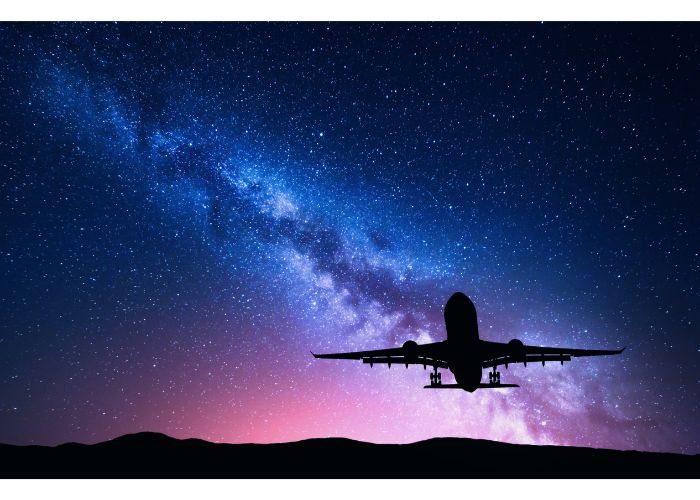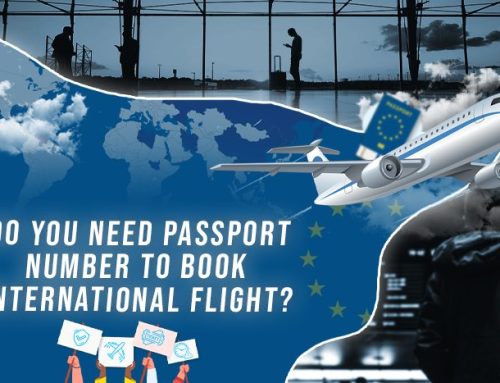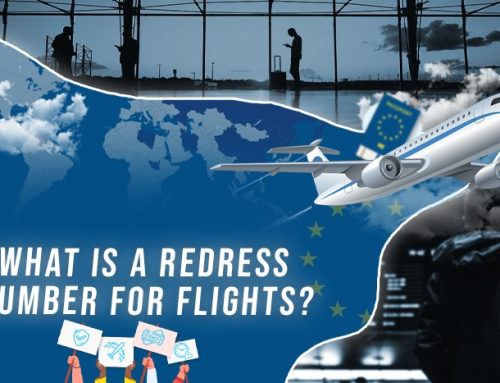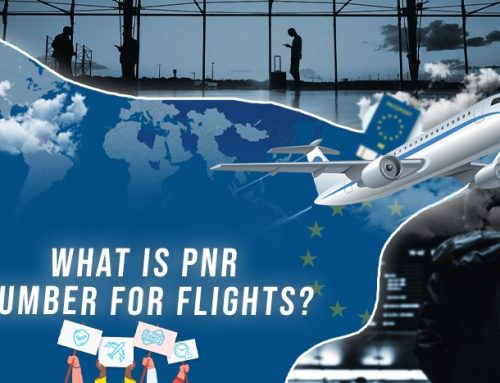When you look up into the sky, especially at night, it may look like the planes passing over are actually flying in space. That’s just a trick of the eyes. Planes cannot fly into space like a rocket can. They do not have the equipment needed to do so, even they can defy gravity to fly in the skies.
Key Takeaways
- Airplanes rely on air pressure and lift to fly, making them suitable for the lower layers of Earth’s atmosphere. In contrast, rockets generate their own lift through high-speed gas expulsion from burning rocket fuel, enabling them to reach the higher altitudes required to enter space.
- Planes have specific maximum heights they can fly at, usually between 30,000 and 42,000 feet above the ground. The air becomes thinner at higher altitudes, resulting in reduced lift generation, making it impossible for airplanes to venture into space.
- If space travel is the goal, rockets are the preferred means of transportation. Rockets can ascend to heights of about 660,000 feet above ground level and continue their journey even in thin upper atmospheric conditions.
- While military jets can reach higher altitudes than commercial airplanes and execute complex maneuvers, they still cannot fly into space. Like commercial planes, they require air pressure and lift generated by air to stay airborne, making them unsuitable for space travel.
- Space exploration is vital for scientific research and expanding human knowledge about the universe. Rockets play a crucial role in enabling humans to explore space, gather data, and conduct experiments beyond the Earth’s atmosphere.
What Do You Need to Fly to Space?
While 42,000 miles above the ground may seem like it’s high, that’s not even coming close to penetrating the sky. There are five layers to the earth’s atmosphere (troposphere, stratosphere, mesosphere, thermosphere, and exosphere), and planes typically fly in the lower two (troposphere and stratosphere).
Planes all have maximum heights that they are graded to fly at, which are typically between 30,000 and 42,000 feet above the ground. Some can go slightly higher, but not by much. This is because the air gets thinner the higher you go up. When the air is too thin, it does not generate the pressure needed to fly.
That’s not to say we don’t have aircraft that can go into space. These are typically called rockets, and even at their lowest orbit, they are about 660,000 feet above ground level. Rockets don’t use air pressure to fly like commercial planes do. Instead, it generates its own lift by shooting out high-speed gasses.
This typically comes from burning rocket fuel, which will propel the air quickly away from the earth’s surface. This is important because once the air is too thin in the upper levels, the rocket will still be able to propel itself forward. Rockets can have people aboard or simply sent out into the galaxy to explore and bring back data.
Can Military Jets Fly in Space?

Much like commercial airlines, military jets cannot fly into space. Any aircraft that requires wind to generate lift to help it fly will not work in space. The air becomes too thin, so unless there are gasses burning to help maintain forward momentum, the aircraft will not fly into space.
Military jets can get higher in the atmosphere than commercial jets and execute more complex maneuvers. They are smaller and more agile. However, they cannot carry as many people, and they need to refuel more often because they burn fuel at such fast rates.
There are pros and cons to flying higher in the sky, especially when it comes to avoiding inclement weather. However, planes will always have a maximum height they can achieve. Going higher could cause damage or other serious flight issues because the plane simply cannot handle the height.
Conclusion
Airplanes cannot fly into space. They need air pressure to fly, and the higher you get, the thinner the air. The thinner the air, the less lift the plane can generate. If a plane does not have enough lift, it cannot fly. Pilots and air traffic control know exactly how high a plane can fly, but unfortunately, if you’re looking for a ticket to the sky, you’ll need to purchase a ticket on the next rocket out.
Frequently Asked Questions
-
Can airplanes fly higher than their maximum designated altitude?
No, airplanes are designed to operate within specific altitude ranges. Going beyond their maximum designated altitude could lead to flight issues and potential damage due to the lack of sufficient lift in thin air.
-
Are there any aircraft capable of flying above Earth’s atmosphere?
Yes, rockets are the type of aircraft designed to reach and travel in space. Unlike airplanes, rockets generate their own lift through the expulsion of high-speed gases, allowing them to venture beyond Earth’s atmosphere.
-
Why do rockets need to burn fuel to fly in space?
Rockets burn fuel to create the high-speed gases required for propulsion. These gases propel the rocket forward and generate the necessary lift, even in the thin air of the upper atmosphere and outer space.
-
What is the Kármán line, and why is it significant?
The Kármán line is an imaginary boundary at approximately 62 miles (100 kilometers) above sea level, defining the start of space. Crossing this line is a symbolic milestone for spaceflight achievements.
-
How does space exploration benefit humanity?
Space exploration has numerous benefits, including advancing scientific knowledge, discovering potential resources, and developing technologies that find applications on Earth. It also opens up opportunities for future space missions, colonization, and the potential to address global challenges.







